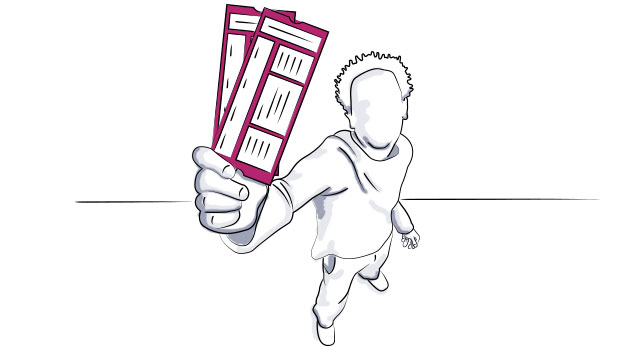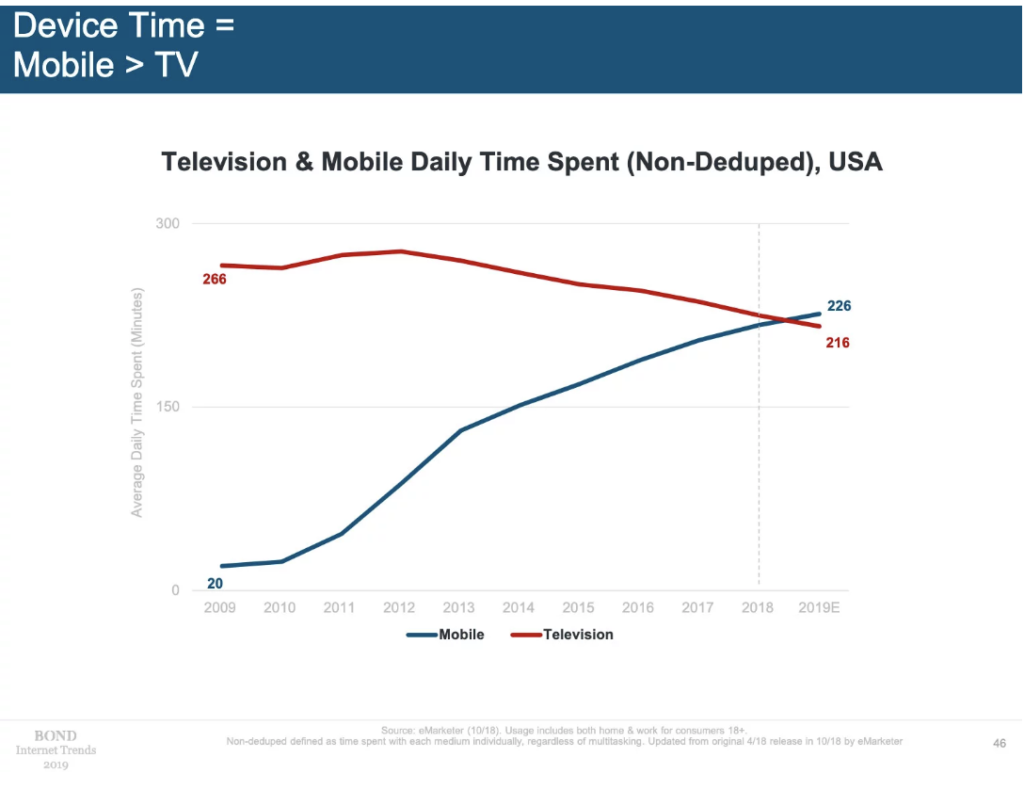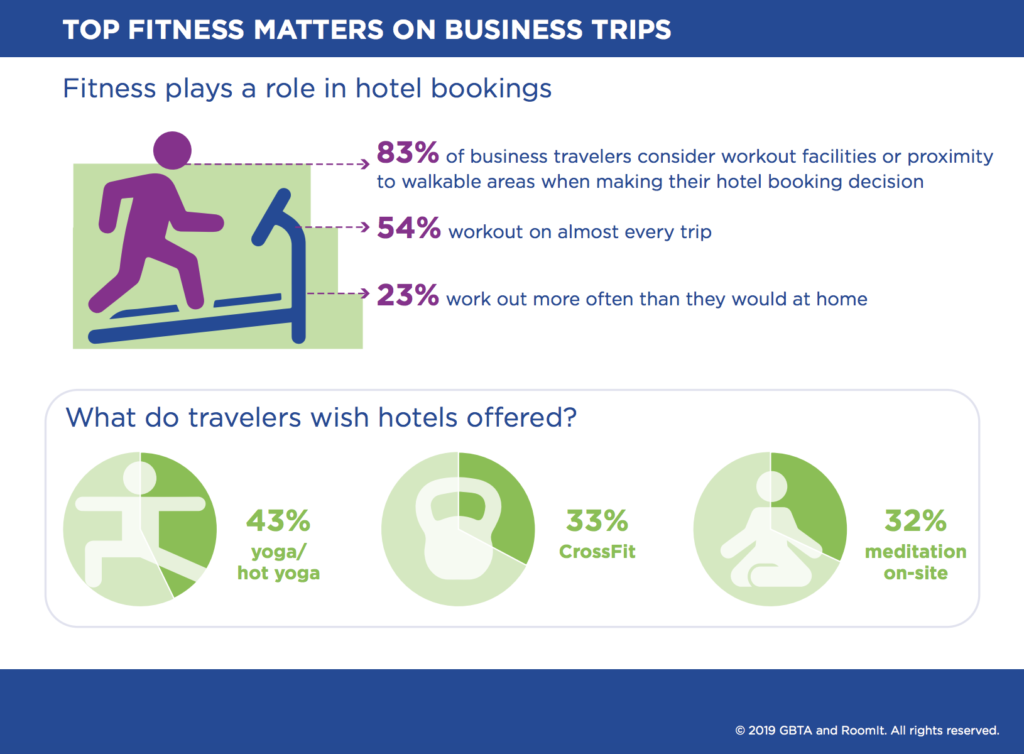
Eventful News: IMEX Sets a Record, the Future of Hotel Tech, & Wellness is in Demand
This week, we take a look at five stories that illustrate some of the key themes behind the modern definition of successful events: face-to-face is more important than ever, technology is a key differentiator, attendees want wellness, plants-based foods are taking root in F&B trends, and sustainability should be a consideration in even the smallest decisions.
No time to read them all? Don’t worry ” we’ve broken down the key takeaways so you can apply them to your own events.
This Week’s 5 Most Important Stories Summarized

1. IMEX America 2019 Sets New Appointment Record (TSNN)
TLDR
An estimated 14,000 attendees showed up for this year’s IMEX America, hosted at Sands Expo and Convention Center in Las Vegas from September 10th through 12th. The event included more than 3,500 exhibitors from 150 countries, generating more than $20 million in economic impact. However, the most impressive data point might just be the number of meetings that took place at IMEX: a jaw-dropping 76,000 individual and group appointments.
Every year we strive to be our own competition, to push ourselves to deliver richer experiences, better education and, of course, a strong business pipeline for our exhibitors. -Ray Bloom, IMEX Group Chairman
What does it mean for planners?
The record-setting number of face-to-face meetings points to the driving force behind the seemingly exponential growth of our industry over the past decade. It’s a case-in-data-point that face-to-face meetings are more coveted than ever. For planners, it should reinforce the idea that networking is still the most important piece of the event experience ” even more so than the bells and whistles of new event technology.
What’s next?
As we spend more and more time in front of screens by the year, face-time continues to take a hit. The desire for face-to-face meetings only promises to increase in conjunction with the decrease in in-person communication. Events will get more and more creative in the ways they bring people together, building on out-of-the-box ideas such as C2 Montreal’s swinging trapeze chairs to make the meeting experience more experiential in itself.

Source: Bond Internet Trends Report 2019
Further Reading: 5 Meeting Industry Trends Shaping the Future of Events
2. Experts Predict Hotels Will Be Tech Dominated by 2034 (Guestline)
TLDR
Hotels have seen business go the way of home-sharing sites like Airbnb over recent years. Meanwhile, hoteliers are scratching their heads and wondering how they can stop the bleeding. As hotels look to revive their image, one potential area of opportunity for chains is in-room technology ” an area of potential investment for brands with deep wallets. This piece from Guestline interviews 6 AI experts, hotels owners, and architects to discuss the future of hotel rooms.
“Technology in the future is going to be more voice enabled. You won’t need to draw the blinds yourself or even press a button, just ask through voice control. We won’t have wiring systems, and everything will be Wi-Fi enabled and hooked up to one central system.” – Duncan Anderson, Co-Founder & CEO of Humanise
What does it mean for planners?
Over the next 15 years, attendees can expect huge advances in five major areas:
- AI – A separate Guestline survey predicts that 85% of interactions with businesses will happen without any human-to-human interaction.
- Voice-Assisted Technology – From closing the blinds to booking a spa day, a majority of simple tasks will happen quickly and easily via voice command.
- Synchronization – Smartphones will immediately synch with in-room technology such as TVs for seamless streaming and beyond.
- Wireless – Outlets will become a thing of the past as wireless charging truly comes to fruition in the future.
- Facial Recognition – Facial recognition will take the wait out of the check-in process and make room key cards a thing of the past.
What’s next?
It remains to be seen whether these investments in the in-room experience can woo back guests who have gone the way of home-sharing options. We can only speculate as to the development timelines of these technologies as well as how important they will actually be to consumers.
Further Reading: 9 Technology Tips to Make Your Planning Mobile

3. Wellness is Key, Reports New CWT Survey (Carlson Wagonlit Travel)
TLDR
A new CWT survey shows that business travelers value wellness more than ever, and they’re booking their stays accordingly. The survey breaks down some of the key offerings this segment expects from hotels, based on answers from more than 2,000 participants around the globe.
Traveler experience has been an industry buzz word for the past few years now, but the survey results clearly demonstrate just how much it really does matter to road warriors¦ As the workforce continues to diversify, there is no one-size-fits-all approach when it comes to business travel, meaning choice and flexibility should be a key consideration when developing travel policies. -Scott Solombrino, Global Business Travel Association COO & Executive Director
What does it mean for planners?
The CWT survey reports strong responses in three major areas:
Fitness Intentions
- 83% of business travelers consider workout facilities or proximity to walkable areas when making their hotel booking decision
- 54% workout on almost every trip
- 23% work out more often than they would at home
Top Wellness Concerns
- 37% reported lack of sleep as a top concern
- 34% reported the general stress of travel as their main concern
- 33% reported concerns about unhealthy eating when traveling
Desired Hotel Wellness Options
- 73% of respondents are interested in healthy food delivery
- 77% of business travelers desire in-room filtered water
- 71% responded that they want in-room air-purifiers
What’s next?
Planners are paying attention to the attendee demand for wellness, with walkable destinations, healthy, local menus, and even additions such as 5Ks becoming mainstays at more events. Meanwhile, major hotel chains are scrambling to meet demand, revamping their fitness centers and reconstructing menus with a lens toward healthier options.

Source: Carlson Wagonlit Travel
Further Reading: 7 Wellness Events That Make for Happy & Healthy Attendees
4. Benchmark Releases Top F&B Trends for 2020 (Meetings Today)
TLDR
Benchmark Global Hospitality ” owner of 80 hotels, resorts, and restaurants across the globe ” has surveyed its executive chefs and culinary experts to release their annual Top 10 Dining Trends list. At the top of the list are more food and drink using CBD and an increase in plant-based menu items.
Planners take note: skilled food and beverage operators have an eye for what beverages succeed on social media, where color is critically important, looking for products that are ˜Instagram-friendly.’ Color and functionality collide with ingredients such as blue algae, beet, matcha, butterfly pea flower tea. -Kate Cripe, Meetings Today
What does it mean for planners?
Here are the top ten trends according to Benchmark:
- CBD is key – CBD-oil-infused items have exploded over the past year, with many consumers seeking CBD for its unique potential health benefits.
- Plant-based food takes root – Many are moving away from meat, making a conscious decision to eat more plant-based foods.
- Chips off the new block – Healthier chip alternatives are flooding the market.
- Jacked about jackfruit – Jackfruit is a go-to meat substitute due to its unique texture ” plus it plays nicely with sauce and seasoning .
- Fresh fruit – New fruits are making waves in the world of mixology ” from cactus to blood orange, prickly pear, and beyond.
- Oat is the Dairy G.O.A.T. – Oat is becoming the clear-cut favorite for milk substitutes, especially for latte-lovers.
- All That Sparkles – Soda is taking a backseat to sparkling water
- It’s for the Insta – Bright hues and bold colors are center stage in the culinary scene.
- Where’s it from – From locally sourced food to fair-trade sourcing, traceability is in demand as part of the rise in conscious consumerism.
- Ugly is tasty – 40% of food goes to waste in the U.S., sparking a movement to make use of imperfect produce that was once shunned
What’s next?
As planners vet caterers and work with culinary teams to create the perfect menus for their events, these themes should be top of mind¦ and mouth. While they may ultimately cost more, the rising importance of wellness at events promises ROI in the form of attendee satisfaction.
Further Reading: Eventful News: The Future of F&B & More

5. An Eco-Conscious Guide to Using Balloons at Events (BizBash)
Balloons have joined the ranks of straws, utensils, and plastic bags as some of the many plastic culprits in question by planners and venues in recent years. However, as BizBash reports, there are ways in which balloons can be used that greatly minimize their impact on the environment and still make them a viable addition at some events.
“Balloons will never come down in the correct trash can. They end up in our environment where they can cause damages until they are completely decomposed.” -Jan Dijkman, Balloons United
What does it mean for planners?
Here are some keys planners who still wish to use balloons should keep in mind:
- It’s the litter not the latex – Latex balloons decompose at the same rate as an oak leaf but improper disposal has a negative environmental impact.
- Use eco-friendly string – Skip the polyester or plastic string for a biodegradable alternative such as paper or cotton.
- Avoid mylar at all costs – Unlike latex, mylar isn’t biodegradable.
- Don’t expect your balloons to take flight – Due to a helium shortage, planners shouldn’t expect or pursue a floating balloon display.
- Say no to the balloon release – Avoiding the balloon release is the best way to avoid balloon pollution. (In fact, five states have made releases illegal.)
What’s next?
While these tips can help curb the negative environmental impact of balloons, planners should still look for creative ways to avoid them. Some of those ideas can include bubble machines, decor created from recycled paper, and even projection mapping for events with the budget to pull it off.
Published September 19, 2019

